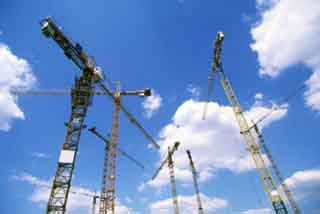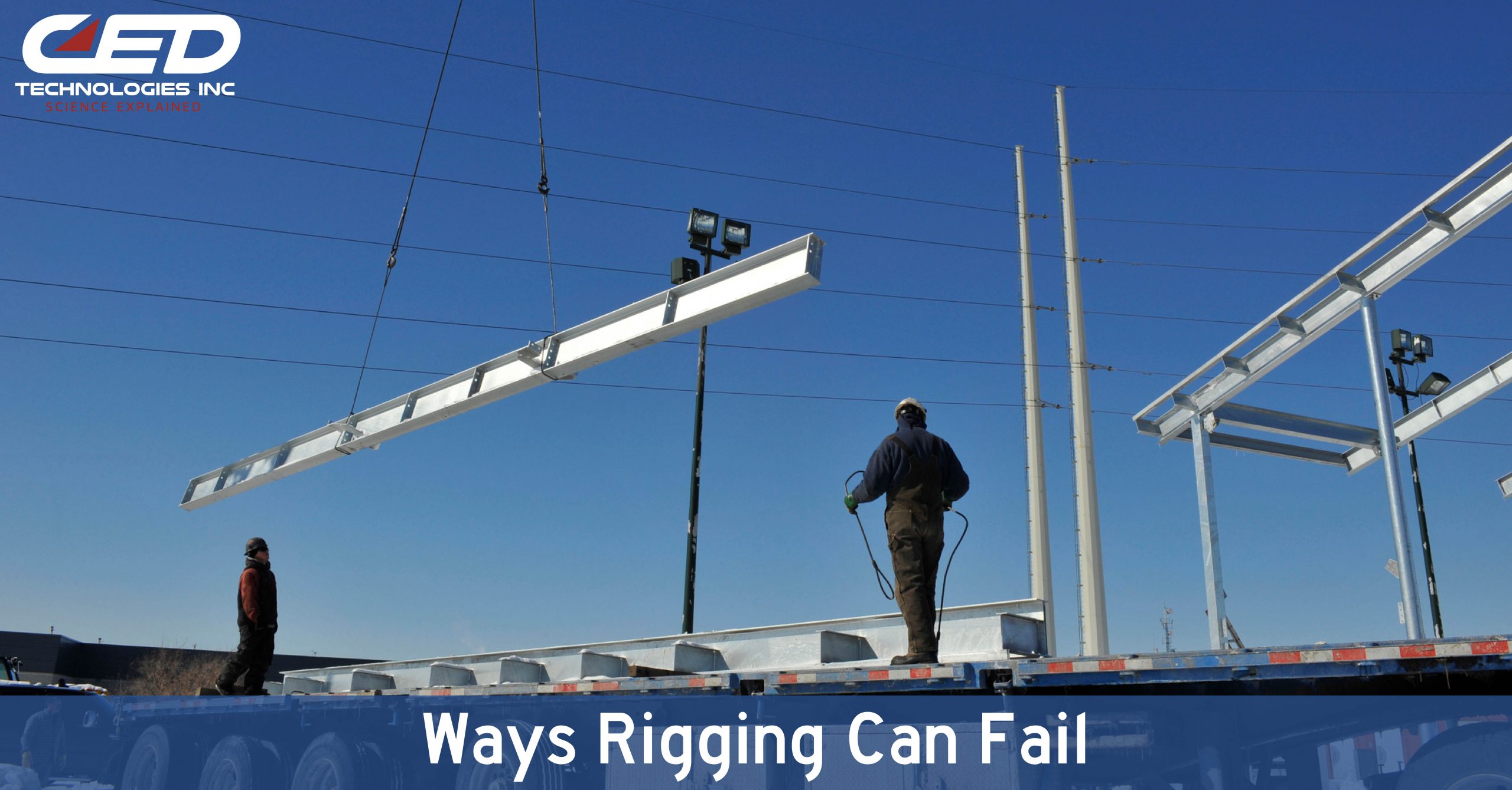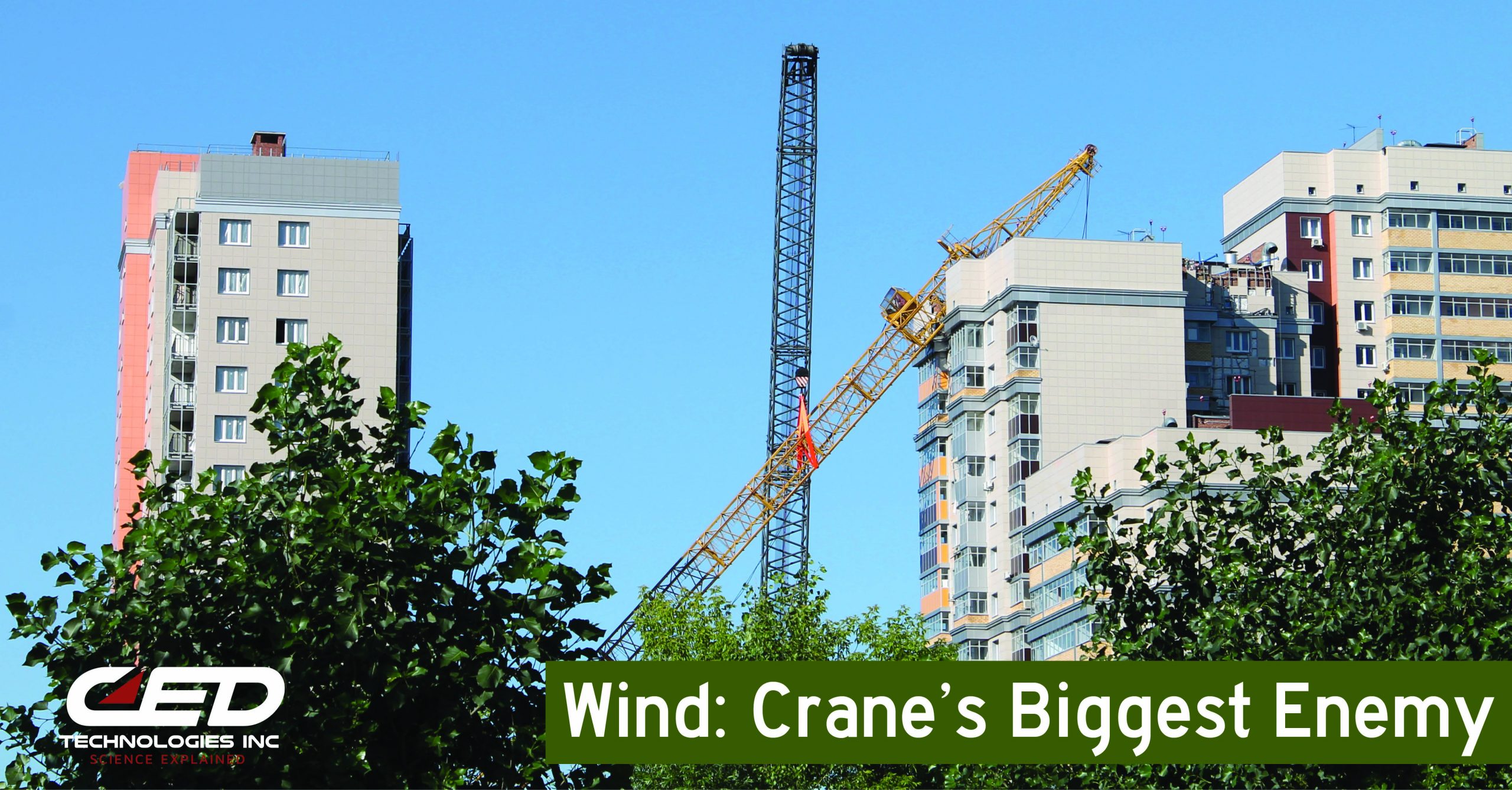Mobile cranes are an incredible tool for construction contractors and other employers. Cranes greatly improve efficiency, speed up the work, and can also reduce risk. However, with the proliferation of cranes on construction sites and other locations, crane accidents are not uncommon.
Crane accidents are one of the leading causes of death and injury on construction sites. There are numerous issues pertaining to mobile crane safety and operation that can cause or contribute to an accident. Insufficient ground support, excessive load weight or an improper boom angle can result in the structural failure or tipping of the crane.
Accidents involving cranes can also be caused by electrical power line contact or the improper rigging of the load. Almost half of all crane accidents are the result of the crane or boom making contact with energized power lines. Because of the potential for a corresponding electrification of the ground surrounding a crane, the number and severity of injuries as a result of power line contact can be high. Although some cranes utilize electrical proximity alarms to warn the operator when an unacceptable clearance is encountered, the alarms have not proven to be consistently reliable, and their use does not waive the requirement for the crane to be kept at regulatory minimum clearances based on line voltage (10 foot minimum clearance for line voltages up to 50,000 volts).
Second to power line contact is overturning or tipping. Overturning has the potential to injure the operator and those within the arc of the crane's operation, not to mention damage to surrounding structures and other property. Overturning is typically caused by an excessive load, an improper boom angle, improper crane configuration (non-deployment of outriggers, levelness), or a supporting ground of inadequate bearing strength which fails under the crane's load. While a load moment indicator (LMI) can be helpful to the operator in predicting the onset of a tip-over, nothing can substitute for the proper application and use of a load chart configured to that particular model of crane which gives the operator the boom angle and load weight restrictions within which the operator must work.
Crane accidents occur as a result of other causes as well. They include boom collapse (structural failure), load rigging failures (dropping of the load), failure of the crane rigging (wire rope), or wind. The likelihood of any of these causes contributing to or causing an accident can be eliminated or mitigated through the generation of and adherence to a well prepared Crane Safety Plan.
The applicable and controlling standards for the management of cranes and the qualifications and training of operators on construction sites are contained primarily in three documents, the OSHA Standards for the Construction Industry (Part 1926) and the American Society of Mechanical Engineers (ASME) and American National Standards Institute (ANSI) standards B30.5. These standards contain a large list of requirements, including the need for frequent inspections of the crane and strict operator qualifications and conduct.
CED engineers are well suited to investigate mobile crane accidents. Having gained the experience of crane operations oversight and management on large construction sites, and through crane safety training received at the Crane Institute of America, Inc., our experts are equipped to thoroughly investigate and reconstruct a mobile crane accident resulting from any cause. They conduct careful analysis of the use of load charts, rigging configurations and compliance with applicable OSHA/ASME safety standards.






